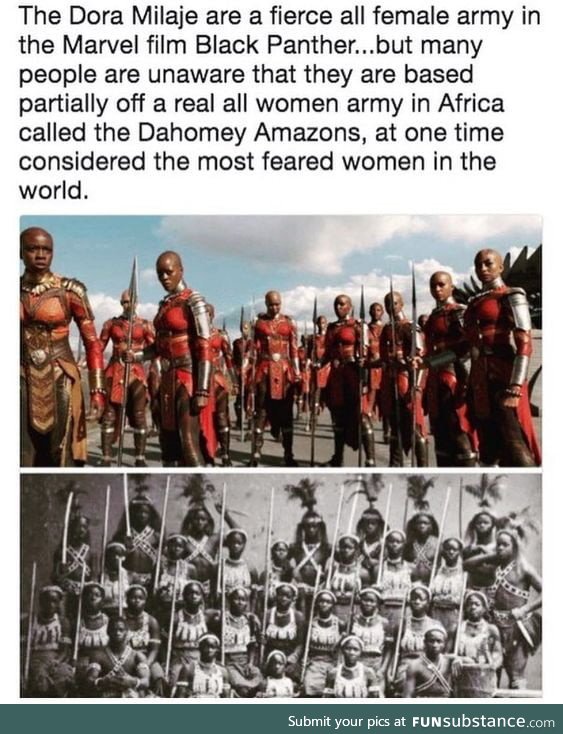Featured Posts

I wish I had a fort

The powerof positive thinking

NASA

Pray for Australia

Take care of each other

She has emerged

My soul feels so much better

I just ordered one. #Just2019HispanicThings

He really wanted his photo at the Halloween party, but was super scared of the spiders

The Only Thing More Contagious Than COVID19 Might Be This Fox's Smile
About
FAQ
Contact
Rules
Terms
Privacy
Feedback
Keyboard Shortcuts:
Previous Post · Next Post · + CTRL Skip Post
Previous Post · Next Post · + CTRL Skip Post
© 2025 FunSubstance · funny and entertaining pictures, memes, gifs & videos.



'
In any case, the warriors are said to have been originally started by the third King of Dahomey, King Houegbadja who ruled from 1645 – 1685. Although these Amazon warriors are said to have been initially made up of hunters known as gbeto, they were later comprised of the ahosi and slaves from conquests on neighbouring villages and tribes.
(Cont)
https://theculturetrip.com/africa/benin/articles/meet-the-dahomey-amazons-the-all-female-warriors-of-west-africa/